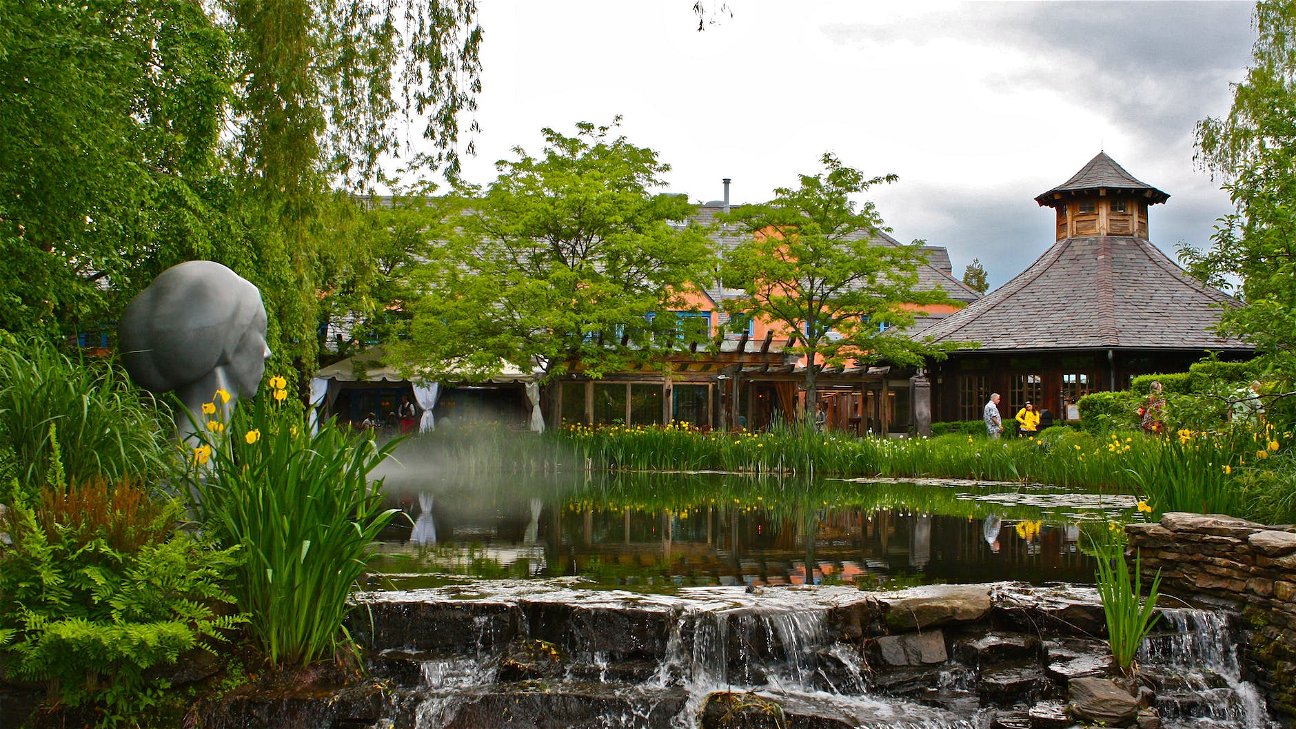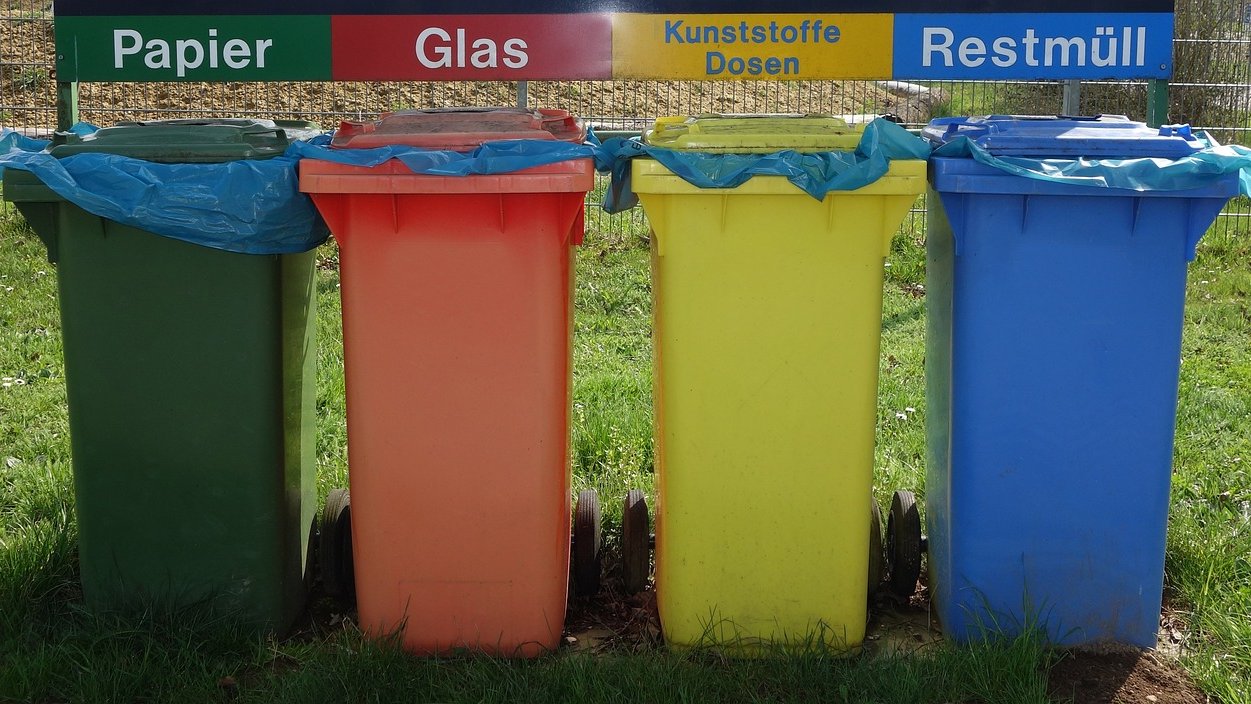
Adaptive reuse is a strategy that involves the repurposing of old buildings for new uses, maintaining their historical character while providing modern functionality. This approach plays a critical role in preserving architectural heritage, promoting sustainability, and revitalizing neighborhoods. This article delves into adaptive reuse, its advantages, and how historic buildings can be transformed into modern homes.
Understanding Adaptive Reuse
Adaptive reuse refers to the process of repurposing buildings — often ones of historic value — that have outlived their original purpose. This method has been gaining popularity in the field of architecture as a sustainable alternative to demolition and new construction. Adaptive reuse can give old, unused structures a new lease on life, turning them into everything from modern homes and offices to cultural or community centers.
Benefits of Adaptive Reuse
Adaptive reuse has many benefits, including environmental, economic, and social impacts. Here are some of them:
-
Sustainability: Adaptive reuse is a form of recycling. Instead of tearing down old buildings and creating waste, we can repurpose them, reducing the need for new construction materials and limiting carbon emissions.
-
Preservation of architectural heritage: Many old buildings have historical value. By adapting them for modern use, we preserve these structures and the historical context they provide.
-
Economic benefits: Adaptive reuse can be less expensive than new construction, especially when tax incentives or grants for preservation are available. It can also boost local economies by creating jobs and attracting new businesses.
-
Neighborhood revitalization: Adaptive reuse projects can breathe new life into underused or neglected areas, contributing to community regeneration.
Turning Historic Buildings into Modern Homes
Transforming historic buildings into modern homes is a creative and effective way to preserve our architectural heritage while meeting the needs of contemporary life. Here are some steps and considerations involved in this process:
-
Assessment: The first step is to thoroughly assess the building. This includes understanding its historical significance, structural condition, and suitability for residential use.
-
Design: The design phase involves creating a plan that respects the building’s historical character while incorporating modern amenities. This can be a complex task that requires balancing preservation with innovation.
-
Renovation: The renovation phase involves careful work to preserve as much of the original fabric of the building as possible while making necessary updates for modern living.
-
Permitting: Retrofitting a historic building often requires navigating complex regulations and obtaining necessary permits, particularly if the building is listed or in a designated historic district.
Case Studies
Through these examples, we can see how adaptive reuse not only preserves architectural heritage but also provides unique, characterful modern homes. Whether it's a converted factory in Berlin or a repurposed church in London, these projects demonstrate the potential of adaptive reuse to create sustainable, vibrant, and livable spaces out of our historic structures.











